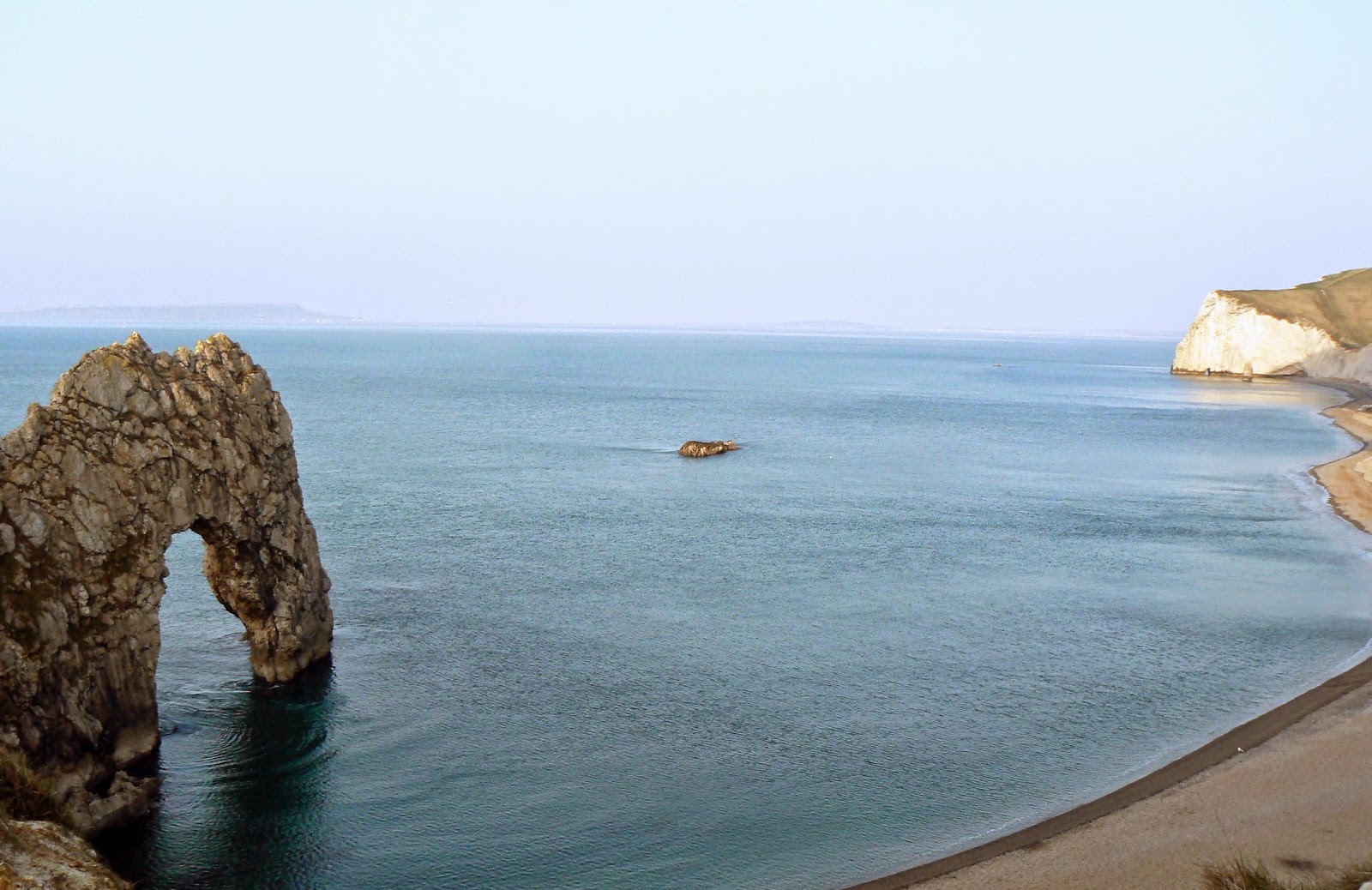Above Lyme Regis stands an elegant Georgian villa, once the home of the renowned novelist, John Fowles. Two centuries earlier it was the summer residence of Eleanor Coade.
Mrs Eleanor Coade was a rare species of woman almost unheard of in Georgian England; a female entrepreneur (the title 'Mrs' lent an air of respectability as she never married).
 |
| Coadstone Manufactory at Lambeth |
Born in Lyme in 1733 she moved to London as a young girl and in 1769 bought a struggling artificial stone manufactory on the banks of the Thames at Lambeth. In two years she had transformed the business by perfecting a product that revolutionised the architectural landscape of Georgian England.
Atmospheric pollution from growing industrialisation was attacking the natural stone used to embellish buildings. To combat this Mrs Coade's factory created a new material that proved impervious to this harsh new environment, Coadstone. Coadestone was not only very resilient but retained extremely fine detail, making it perfect for the statuary and fine decorative friezes with which the Georgians loved.
 |
13 ton South Bank Lion, 150 years old and
still in perfect condition stands on Westminster Bridge |
The clue to Coadestone's unique properties may be found in its original name 'lithodiyra' meaning 'twice fired' in Greek. Whereas other artificial stone required a chemical reaction to set, Coadestone was a ceramic material made from a mixture of 'fortified clay' fired twice over a period of four days.
The new material was soon adopted by the finest architects of the day such as Nash and Soane; while landscape architects including Capability Brown used it to embellish the country parks of the wealthy . The firm also gained royal approval, Coadestone embellishing both the Royal Pavilion at Brighton and Buckingham Palace. Examples have been found as far afield as Russia and the Caribbean and range in size from 1 inch to 16 feet.
 |
| Coadestone statues adorning St Pancras Parish Church |
Mrs Coade died in 1821 and strangely, given the popularity of the product, the manufactory was to close less than twenty years after her death. Today the Royal Festival Hall covers the site of her factory and until recently the recipe for this seemingly indestructible material was lost.
Unfortunately Mrs Coade did not prove to be as indestructible as her beloved Coadestone. Her final resting place in Bunhill Fields Cemetery, London was obliterated by German bombs in the Blitz.
On the other hand, Belmont, Mrs Coade's Lyme Regis retreat remains, still richly decorated with the artificial stone which made her famous. After lying forlorn and empty since John Fowles' death it is now being lovingly restored to its former glory by the The Landmark Trust .
 |
| Statue commemorating George III Weymouth |















.jpg)




































